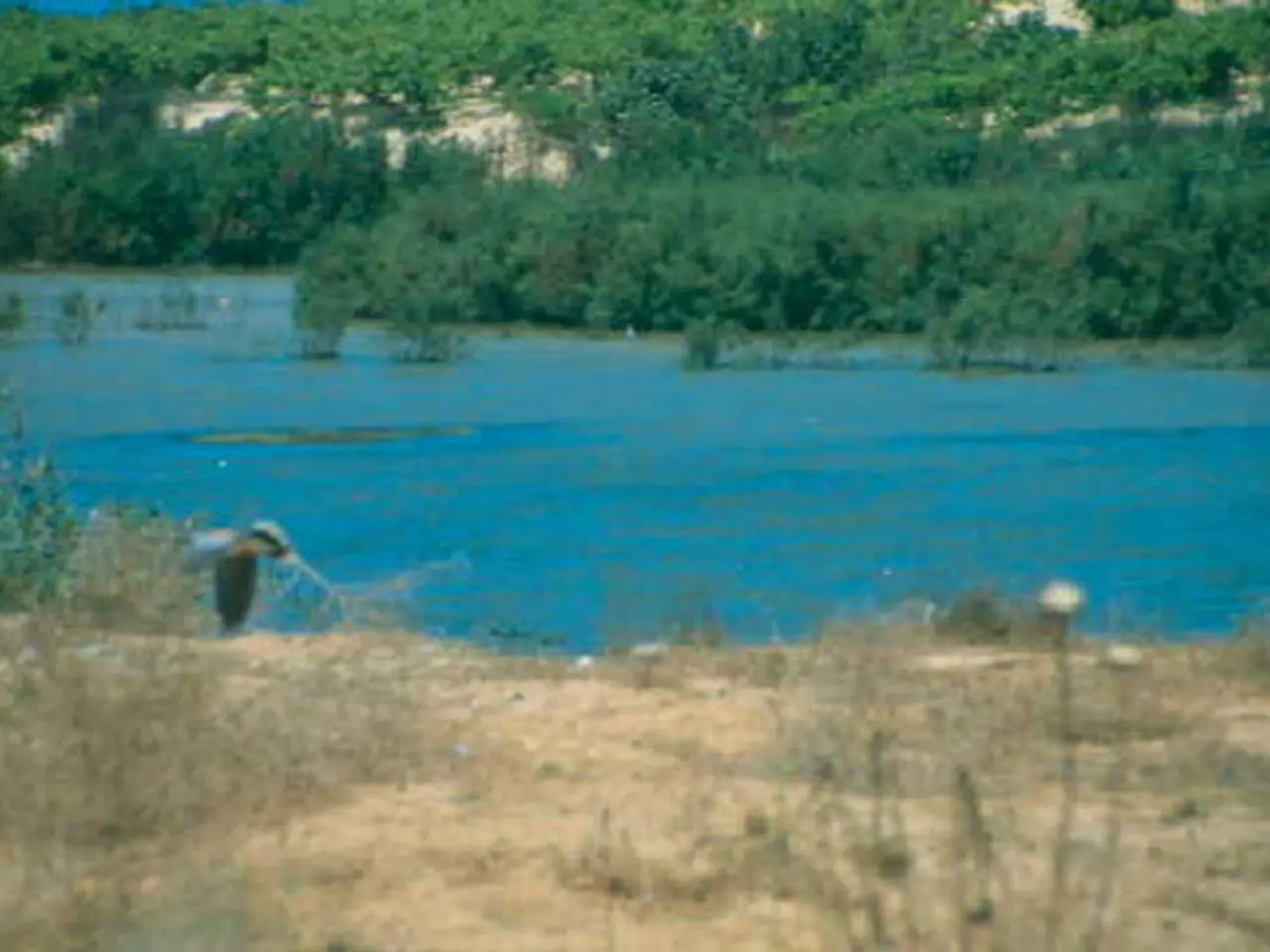Affordable Drought-Resistant Landscaping Strategies to Conserve Water and Reduce Expenses
In the face of increasing water scarcity, homeowners can take action to create beautiful, low-maintenance, and water-efficient outdoor spaces. By following some key strategies, you can significantly reduce your outdoor water usage, lower your water bills, and contribute to global water conservation efforts.
Firstly, consulting your local Extension office and reputable nurseries is advised for appropriate plant suggestions. Some cheap drought-tolerant landscaping ideas include choosing drought-resistant plants, installing an efficient drip irrigation system, applying mulch, removing water-thirsty turfgrass, growing low-water groundcovers, controlling weeds, using native plants, and planting drought-tolerant trees.
Choosing drought-tolerant plants is crucial for reducing watering needs and maintenance costs. Opt for plants that naturally survive with minimal water such as succulents, native wildflowers, cacti, and ornamental grasses.
Installing an efficient irrigation system, like a drip system, is another effective method for saving water. Drip irrigation delivers water directly to roots with minimal waste, typically costing $1.70 to $4.80 per square foot installed but saving significant water over traditional sprinklers.
Using mulch around plants and beds is also beneficial. Organic mulch, such as compost, leaf litter, bark, or dried grass clippings, can conserve moisture in the soil and inhibit weeds, while inorganic mulches, like rock, pebbles, rubber mulches, and lava rock, help keep moisture in the soil.
Removing high-water-use lawns and replacing them with drought-tolerant groundcover or hardscaping can save water and reduce mowing and maintenance. Groundcover plants like creeping sedum, ice plant, periwinkle, and creeping thyme require little to no maintenance and help protect bare areas from water loss, minimize weeds, and regulate soil temperature.
Controlling weeds is essential for reducing competition for water with drought-tolerant plants. Mulch and physical barriers help suppress weeds, limiting the need for chemical herbicides.
Going native is another smart choice for drought-tolerant landscaping. Native plants, adapted to local climate and soil conditions, typically require less water, fertilizer, and care than non-natives. They are also important parts of the ecosystem.
Lastly, planting a drought-tolerant tree, like mesquite, palo verde, or desert willow, provides shade and structure to your yard while conserving water.
By implementing these strategies, you can reduce outdoor water usage by up to 60% or more, significantly lowering water bills and maintenance costs. DIY drought-tolerant landscaping projects often cost between $2,000 and $5,000 but save 30-80% on water bills over time. Mulching costs range from $192 to $402 per cubic yard installed.
In short, affordable drought-tolerant landscaping involves smart plant choices, efficient irrigation like drip systems, strategic mulching, replacing thirsty lawns, weed management, and planting native drought-adapted trees for sustainable, low-water outdoor spaces.
- Implementing environmental-science principles, such as choosing drought-resistant plants and installing an efficient drip irrigation system, can help homeowners create water-efficient gardens and contribute to climate-change mitigation.
- Home-and-garden enthusiasts can reduce their water usage and lower their water bills by adopting lifestyle changes like replacing water-thirsty turfgrass with drought-tolerant groundcovers, using organic mulch to conserve moisture, and controlling weeds to minimize competition for water.
- In the realm of environmental-science, gardening can be sustainable and low-maintenance: By opting for native plants, growing low-water groundcovers, and planting drought-tolerant trees, homeowners can create beautiful, water-efficient landscapes that simultaneously save money on water bills and contribute to overall environmental health.




